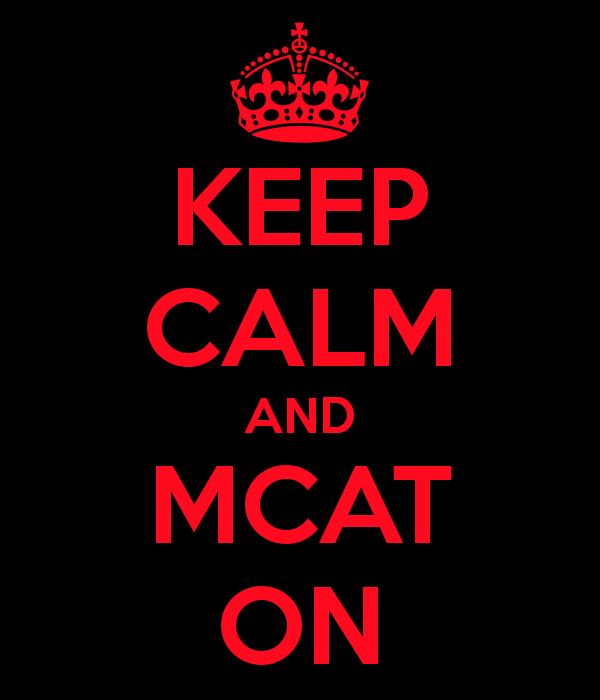
Photo courtesy of medicalschoolhq.net
Medical school interview season is fast approaching: the season generally spans from late August to March, although some schools do not start interviewing earlier and some go later. Applicants who submit their applications early (June) and then complete secondary applications efficiently (within two weeks of receiving them) will be extended interview invitations during the early phase of the interview process if their applications are deemed competitive. Applicants who complete application materials later will naturally get later interviews. There is a serious advantage in getting an early interview in that most schools operate on a rolling admission basis, meaning that spaces are given away as applications are considered. To help applicants understand what to expect at an interview I provide general guidance below as to the interview formats. See other posts on my blog in regard to preparing for a medical school interview and on the Multiple Mini Interview (MMI). Information about each school’s interview format can be found in the Medical School Admission Requirements (MSAR).
Interview Formats
There are several interview formats; applicants should be prepared for all of the types that they may encounter, as described below:
One-on-one interview: This is the most “traditional” kind of interview in that it has been in place longer than any other type and is the most common. During this format, an applicant has a one-on-one discussion with someone who represents the medical school (faculty member, administrator, or medical student). Typically this interview will last from 30-45 minutes, sometimes less and sometimes more.
Group interview: In this format, applicants will be grouped with others and face questioning from a small panel of medical school personnel. Most commonly this would be a group of three applicants along with three interviewers. Typically in this scenario, applicants may be asked individual questions pertaining to their particular background and/or the group is posed questions by the panel. Continue reading →



